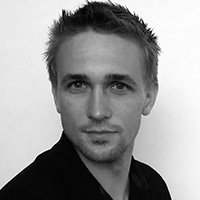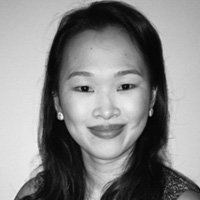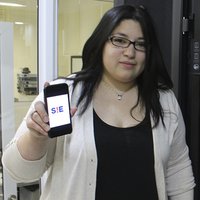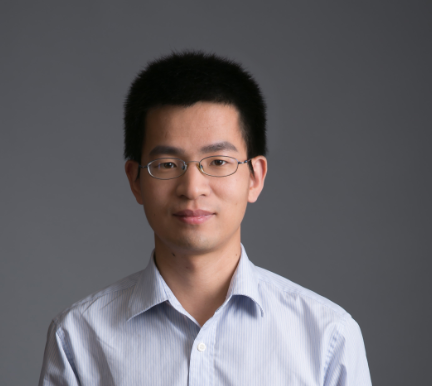Telecommunications
Chaoyang Lu
He realized eight-photon entanglement for the first time

Asia Pacific
Simon Gross
3D Printing of Photonics - Harnessing the Third Dimension

Asia Pacific
Dawn Tan
Breaking the Internet's Limits: Lighting the way through photonics

Europe
Raycho Raychev
Designing affordable spacecraft and online training programs to open access up to young students, institutions, universities and aerospace companies

Latin America
Barbarita Lara
Her simple app uses radio waves to send emergency alerts without internet or mobile networks
